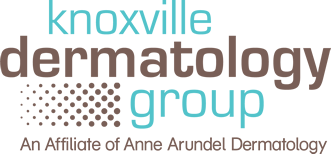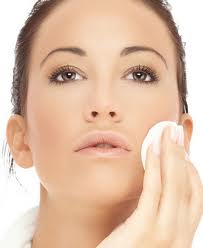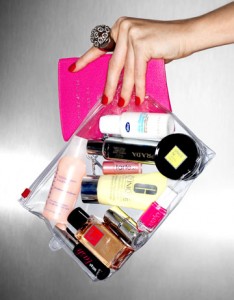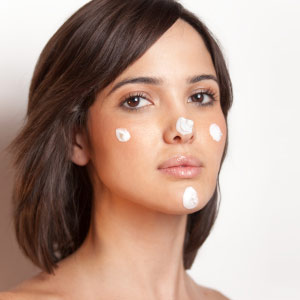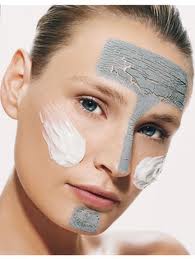SUN SAFE CHILDREN
Do you want your children to keep the wonderfully lustrous smooth skin they were born with? “Then, keep their skin protected from the sun from the moment they are born.”
“You really have to watch the fair skinned child.” This means keeping newborns sheltered from the sun, especially until they are old enough- at six months old – to be protected by sunscreens. Parents need not worry about using sunscreen chemicals -fears of which are unfounded – and to put more effort into avoiding the sun, which we know is harmful. Other than keeping baby out of the sun, sunscreens with a broad-spectrum SPF 15 and higher are the best protection we have against sunburned skin.
Sunscreen – the name given to the most protective suncare products – is certainly a blessing. But with all the new options available it’s easy to feel confused about what’s the best and safest for ones child. It is recommended that a baby’s or children’s sunscreen be used on young children for the simple reason that it generally ensures that you’re getting what you need: a waterproof , higher-SPF product that won’t sting the eyes as much as some formulas. If baby’s or children’s sunscreen isn’t available, it’ not an all-or- nothing situation. A sunscreen with a SPF between 15 and 30 that is hypoallergenic, waterproof and comes in a creamy lotion (as opposed to gels or clear formulas, which can be drying) is fine for children older than 6 months of age. The label should say that the product provides broad-spectrum protection, which means it blocks out both UVA and UVB rays.
A broad spectrum block with a sun protection factor of 15 shields one from 94 percent of the sun’s rays. Most experts agree that’s quite adequate. If you want marginally better protection, one can opt for a higher-SPF product. If your child has sensitive skin, avoid using products with a SPF above 30, since some pediatric dermatolgists believe these stronger formulas increase the risk of allergic reactions.
Before using any sunscreen for the first time, test it on a small patch of skin and wait 5 to 10 minutes to see if any irritation occurs. Then liberally apply it all over (except near the eyes and eyelids) before head out – 20 minutes before is ideal, so the sunscreen has time to sink into the skin. Sunscreen sticks and lip balms are great to use on little faces, since they don’t sting and their excessively consistency helps keep the sunscreen in place. Regardless of what the labels say reapply every time your kids come out of the water or perspire excessively. Also remember that children should still wear sunscreen on overcast days, since clouds block only 20 percent of the sun’s rays. And make sure they’re wearing it even when sitting under an umbrella, since light reflected off the beach and off the water can cause a serious burn.
No sunscreen provides 100 percent protection. So be sure that, when outside, ones child wears a tightly woven coverup – even over skin with sunscreen on it – as well as a broad-brimmed hat and 100 percent UVA/UVB-filtering sunglasses. Keep in mind that the sun is strongest when your shadow is shorted than you – approximately between 10 a.m. and 2 p.m. – so plan your days accordingly.
Take good care of your beach baby! These suggestions apply to moms and dads too!
